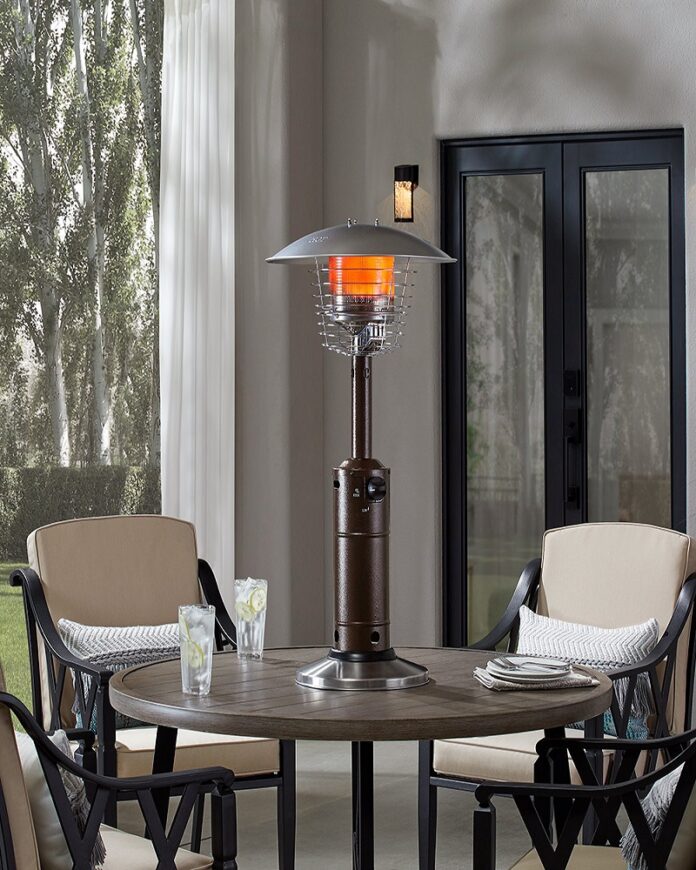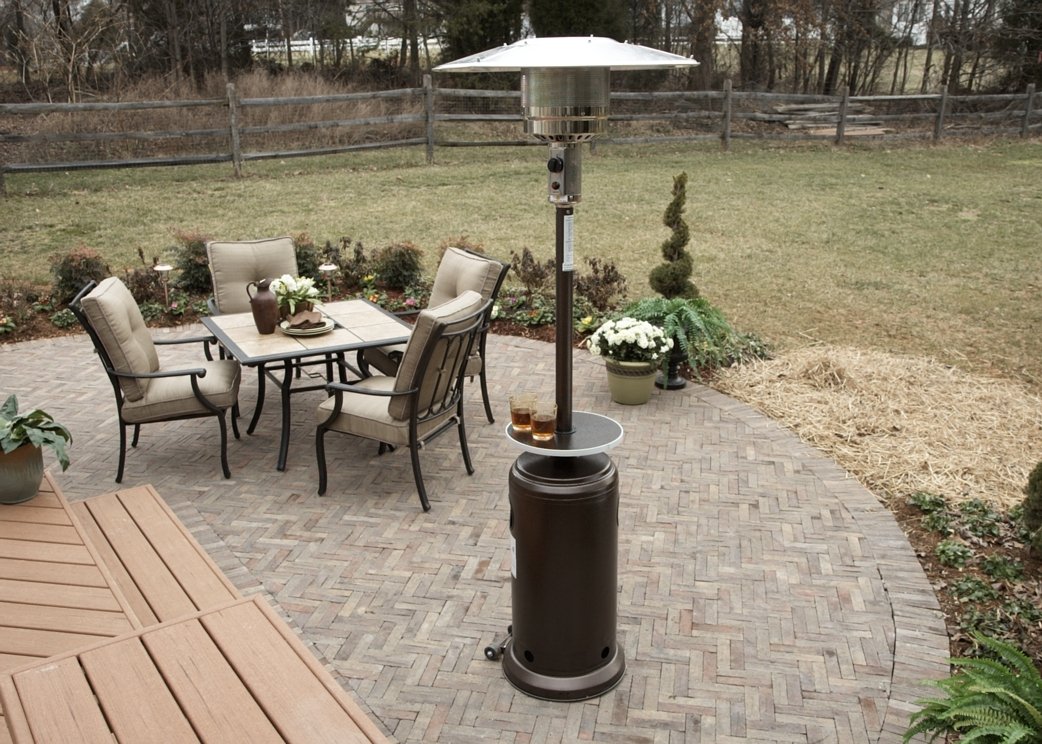During the pandemic, patio heaters were the most logical items to purchase for homeowners. Social distancing guidelines and lockdowns were preventing people from meeting in public spaces. Savvy homeowners used patio heaters to create warm, cozy outdoor spaces on their properties.
It’s no surprise that patio heater sales are still attracting thousands of takers. However, many first-time users of these devices don’t know what they’re doing. Patio heaters are relatively easy to install and use. But, keeping these devices functioning properly and safely for long periods requires smart thinking and regular maintenance.
How to Optimize Your Patio Heaters
Believe it or not – patio heaters are likelier to be damaged when they’re not being used. When homeowners use their patio heaters, they typically clean them and make sure they’re running safely and effectively. But, when they send these devices to storage, many don’t take the necessary preparatory steps.
Patio heaters are exclusively used during the winters. In most homes, these devices are packed and stored away during the summer months. In storage, patio heaters attract insects, dust, debris, mold, mildew, and all other types of undesirable risks. That’s why the key to optimizing your patio heater is storing it properly when it’s not in use.
How to Store Your Patio Heaters
A patio heater cover is a special cover designed to store, protect, and preserve outdoor heating units. These covers keep all parts of patio heaters safe in storage. Patio heater components like the pilot lights, emitters, and reflectors are extremely prone to sunlight and moisture damage.
Patio heater covers give these components total protection from external elements. These covers essentially insulate the heaters from the outside world. When homeowners take off these covers, they find their heating devices just as they left them. Using these covers to store your patio heater is a major responsibility.
- Find a cover that’s designed to protect patio heaters. Make sure it’s made of strong fabrics. The stronger your heater covers, the better the protection they will offer to your heating device.
- Look for covers that come with PVC coatings. PVC (polyvinylchloride) is a synthetic material that’s famous for being water and UV-resistant. By installing a PVC-coated cover on your patio heater, you can protect it from moisture and sunlight damage.
- Although PVC-coated covers offer optimal protection from moisture damage, make sure to store your heater in a dry place. Heaters stored in humid, moist areas (without any covers) are extremely prone to corrosion. Covering these heaters makes them less prone to rusting. Covering them and storing them in dry places effectively eliminates the risk of rusting.
- Before installing your cover, check for blockages or debris in different parts of your patio heater. Make sure to follow the manufacturer’s instructions while disassembling your patio heater.
- Use a mixture of cleaning products (preferably non-chemical) and water to clean the parts of your patio heater. Apply this mixture to a non-abrasive scouring pad and clean all the internal and external regions of your patio heater.
- Once your patio heater is clean and dry, install the cover.
Keep repeating this process every time you send your patio heater into storage. Taking these steps will keep your patio heater in optimal condition for several years!



















